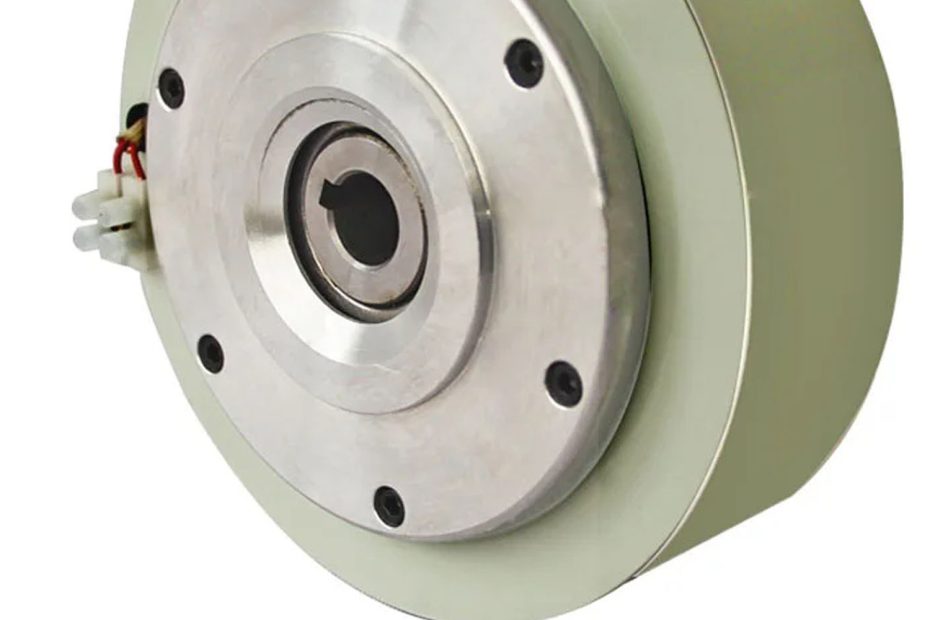In the dynamic world of braking systems, innovations continue to reshape the landscape, aiming to enhance efficiency, reliability, and performance. One such innovation that has gained momentum is the Magnetic Particle Brake (MPB).
Before delving into the advantages, it’s crucial to grasp the fundamental workings of Magnetic Particle Brakes. Unlike traditional braking systems that rely on friction, MPBs utilize the principles of magnetism to control torque. The core of an MPB consists of two main components: the rotor and stator. The rotor contains ferrous particles, and the stator produces a magnetic field. When the magnetic field is applied, the ferrous particles align, creating a solid connection and transmitting torque. This innovative approach presents several advantages over conventional braking systems.
Top 4 Advantages of Magnetic Particle Brakes
1. Precise Torque Control
One of the standout advantages of Magnetic Particle Brakes is their ability to provide precise torque control. Traditional braking systems often exhibit a degree of latency and can be prone to sudden fluctuations. In contrast, MPBs enable fine-tuning of torque levels, ensuring a smooth and controlled deceleration. This precision is particularly valuable in applications where exact control is critical, such as industrial machinery and robotics.
2. Maintenance Efficiency
Maintenance is a pivotal aspect of any braking system, and Magnetic Particle Brakes shine in this regard. Unlike traditional brakes that may require frequent adjustments and replacements due to wear and tear, MPBs experience minimal mechanical wear. The absence of physical contact between the rotor and stator reduces the need for regular maintenance, resulting in cost savings and increased operational uptime.
3. Heat Dissipation
Traditional brakes generate heat during operation due to the friction between braking components. Excessive heat can lead to performance degradation and, in extreme cases, brake failure. Magnetic Particle Brakes, however, operate without friction, minimizing heat generation. This not only enhances the overall lifespan of the braking system but also eliminates concerns related to overheating, making them ideal for applications where temperature control is paramount.
4. Response Time
In dynamic environments where quick response times are crucial, Magnetic Particle Brakes demonstrate a notable advantage. The absence of mechanical components in direct contact allows for rapid engagement and disengagement. This responsiveness is particularly beneficial in applications like high-speed automation and conveyor systems, where split-second adjustments can have a significant impact on overall efficiency.

Top 4 Applications Of Magnetic Particle Brakes
| Application | Benefits |
|---|---|
| Industrial Machinery | Precise torque control for efficient production processes |
| Robotics | Quick response times enhance the agility of robotic systems |
| Printing Presses | Maintenance efficiency ensures consistent print quality |
| Wind Turbines | Heat dissipation prolongs the lifespan of braking systems |
Conclusion
In conclusion, Magnetic Particle Brakes emerge as a compelling alternative to traditional braking systems, offering a blend of precision, efficiency, and reliability. From precise torque control to reduced maintenance requirements, the advantages presented by MPBs position them as a preferred choice in various industries. As technology continues to advance, Magnetic Particle Brakes stand as a testament to the transformative power of innovative braking solutions.
